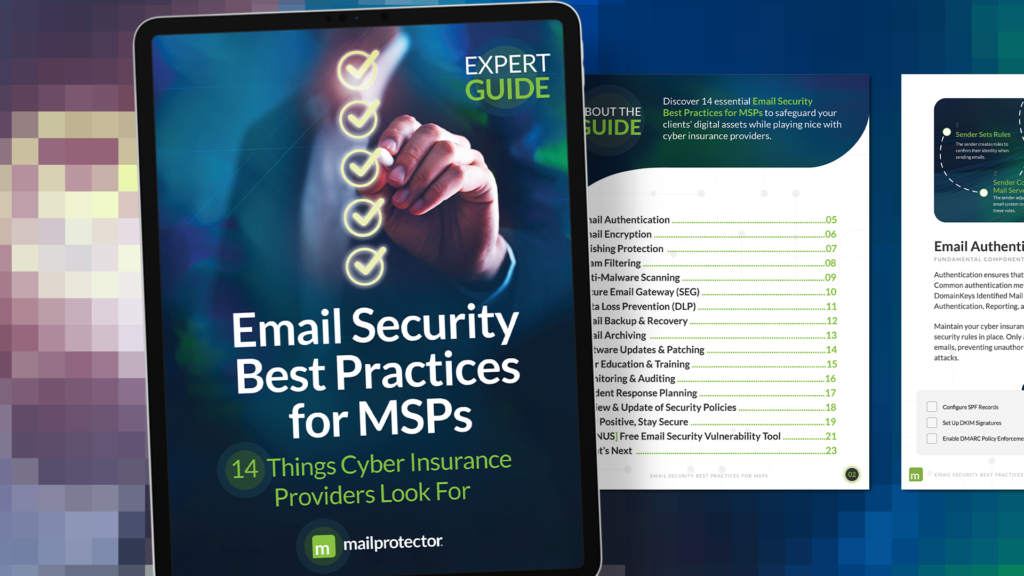Every business owner understands the expenses associated with running their company, from a multitude of insurance payments and taxes to employee benefits, governmental fees, and various permits. Getting a monthly rundown on those expenditures is business 101. However, when hidden or unexpected costs appear out of nowhere, they can create difficult challenges for the leadership team.
How can the company pay for a significant increase in its tax assessment? Can they afford to make needed repairs to essential equipment or move forward with replacements? Will insurance cover storm or flood damage?
These are the types of potential questions that keep CEOs up at night.
Preparing for worst outcomes is a nearly impossible yet necessary mission for business owners − especially where cybersecurity is concerned. Do SMBs understand the amount of damage that cybercriminals can inflict? The latest attacks can cause irreparable harm by infiltrating networks and stealing personal and business information, or holding their data for ransom. The financial impact of these activities may be larger than a fire or natural disaster.
That part can be infuriating for MSPs. If only your clients were willing to invest in applications that can protect their systems and data. As much as every IT professionals would like that to be the case, the decision-makers don’t always understand that discounting their continually increasing security risks may be the most costly mistake they ever make.
The New Cost of Doing Business
Cybersecurity spending in the business community is increasing, but for many SMBs, getting past the price and the false mindset that their companies are too small to be targeted can be difficult. Far too many are still under the misconception that organizations like theirs are not in the cross-hairs of cybercriminals until it’s too late.
Unfortunately, that’s when they realize the actual costs of inadequate security. Between the financial outlays needed to restore their critical business data and systems, and the gargantuan efforts required to rebuild their reputation, many companies end up closing their doors.
How can MSPs get their clients to understand the risks that come with a poor cybersecurity posture? Talk in their language – dollar signs. Effective security measures are a part of the cost of running any business today. There are no shortcuts when it comes to protecting their employees, clients, and corporate image.
The reality of the situation for any business owner is that the cost of a cyberattack on their organization could be astronomical. For example, according to the latest Cost of a Data Breach Report by IBM, the global average expense associated with a breach is nearly $4 million. That number in the United States is more than double, $8.64 million. Even though larger organizations may have tilted those figures in the past, attacks on SMBs are escalating at a faster pace than those targeting the Fortune 500.
Those costs include everything from paying a ransom to retrieve lost data and regulatory fines to the loss of existing customers and new business due to the reputational damage.
Focus on the Long-Term Damage
IBM’s study also found it takes IT teams an average of 280 days to identify and contain a breach. It is not hard to imagine the havoc a cybercriminal could wreak in that amount of time – from gaining access to a multitude of devices and a plethora of critical business data to hacking into employee and client files and financial accounts.
Time is money. The longer cybercriminals can watch and exploit a business to gain access to crucial information, the more costly it will be to remediate the breach and restore those operations. Think of the hundreds, if not thousands, of billable hours it could take to repair the damage that could be avoided with more proactive cybersecurity investments.
There is no such thing as a one-time-cost when a significant cyberattack occurs. The ‘long tail’ of a data breach can last for years between IT charges, legal expenses, and regulatory fines, not to mention the immeasurable sales and opportunity losses.
In the first year after an attack, organizations absorb roughly 61% of those costs and incur another 24% over the next 12 to 24 months. The final 15% can stretch out two years or more for the average security incident. Those numbers help explain why 60% of small businesses close within six months of a significant cyberattack.
Do Your Clients Understand What They Need?
The ramifications from poor cybersecurity can be huge, and the data suggests many small to midsize businesses are vastly unprepared for the inevitable attacks to come. A study by Vistage and Cisco found that 62% of respondents do not have an active cybersecurity strategy.
These statistics should scare every MSP without these protections for their clients – those companies might be next. Everyone must understand the current threat level, including your clients. The risk is real, and ignoring vulnerabilities and the potential for cyberattacks could come at a considerable cost to you and your customers, and possibly mean the end of their business.
That advice may seem extreme, but it is based on facts. Are you having these tough conversations with your clients and prospects? MSPs with successful security practices understand the need to drive home these points while also offering the right mix of services and solutions.
One of the best ways to avoid the doomsday predictions is to identify and neutralize potential threats. As every MSP should know, the actual cost of poor security can be catastrophic to everyone involved in the business, including providers, clients, and their customers, and many others in the supply chain.

















